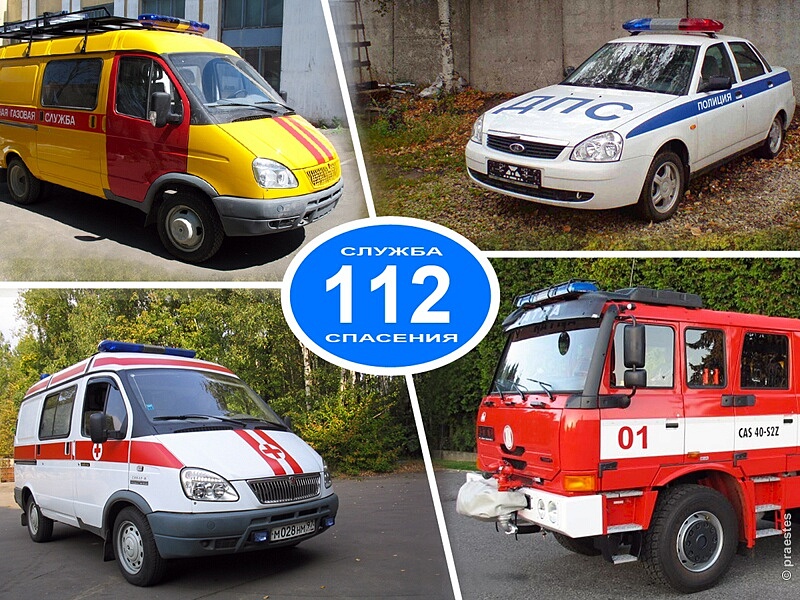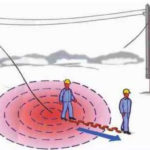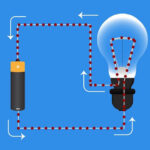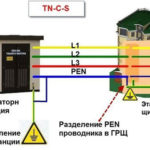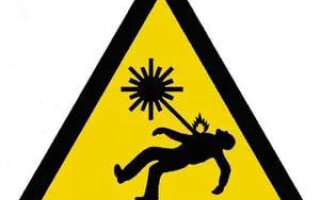Electrical injury causes local and general disturbances in the human body, so first aid in case of electric shock should be provided immediately.
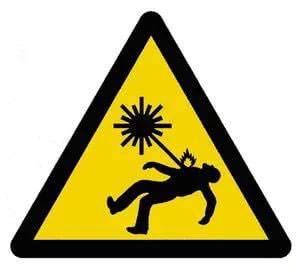
Content
- 1 Measures to provide first aid to the victim
- 2 Release of the victim from the action of electric current
- 3 Assessment of the victim's condition
- 4 Determining the nature of the injury
- 5 Carrying out activities to rescue the victim
- 6 Maintaining the vital functions of the victim until the arrival of medical staff
- 7 Call an ambulance or independently organize the transportation of the victim to a medical facility
Measures to provide first aid to the victim
The health and life of a person depends on how quickly first aid measures are taken for the victim of electric current. The consequences of even insignificant, as it may seem, electric shock may appear after a while, the condition may worsen due to a violation of the blood supply to the heart muscle.
Providing first aid to victims of electric current begins with the termination of the electric current.The one who is near the victim must first of all de-energize the scene, depending on the source of electricity:
- turn off the electrical appliance, switch;
- remove the electric wire from the victim with a dry stick;
- ground current sources;
- pull the person by the clothes if it is dry (this should be done with only one hand).
You can not touch with unprotected hands the open areas of the body of the victim, first aid to the victims should be carried out in compliance with safety regulations. After that, it is necessary to assess the condition of the victim, to provide him with peace. If the damage is local, the burns should be treated and covered with a bandage. In severe lesions, artificial respiration may be necessary.
Regardless of the degree of electric shock and the condition of the victim, you should call a doctor or take the person to the nearest hospital on your own.
Release of the victim from the action of electric current
The degree of electric shock depends on the voltage of the household appliance or industrial installation. Electrical injury can occur not only from touching the current source, but also from arc contact (especially at high humidity).
Isolate the source of electricity as soon as possible, but you need to remember about your own safety. Often the rescuer himself becomes a victim of the effects of current if he neglects the safety rules.
If the person who was shocked is at a height (roof, ladder, tower or pole), then measures should be taken to protect him from falling and additional injuries.If the rescue operation is carried out indoors, then when the electrical appliance is turned off, the light may go out completely, which means that the rescuer must have a lantern or a candle with him.
When releasing the victim, dielectric gloves, rubber mats and other similar non-conductive protective equipment should be used. Insulating clamps will help protect you from exposure to high voltage.
If the electrical wire is tightly clamped in the hand of the victim and there is no way to turn off the knife switch, then the current source should be cut with an ax with a wooden or plastic handle.
Using electrical protective equipment, the victim should be dragged at least 4 m if the accident occurred indoors. Professional electricians with a permit for hazardous work observe a step voltage zone of 8 m when shorting in an outdoor switchgear. It is possible to approach the victim of a high voltage shock only in dielectric boots and in a “goose step”, without taking your feet off the ground.
Medical assistance for electric shock should be provided to any victim, even if the injury is minor, and the person has not lost consciousness and looks healthy.
Assessment of the victim's condition
First aid in case of electric shock is provided at the scene immediately after it is de-energized.
There are 4 degrees of electrical injury, according to the nature of the lesion, the condition of the victim is assessed and actions to provide assistance are determined:
- the first degree - there is a convulsive contraction of the muscles without loss of consciousness;
- second degree - convulsive muscle contraction is accompanied by loss of consciousness;
- third degree - loss of consciousness, lack of signs of spontaneous breathing, violation of cardiac activity;
- the fourth degree is a state of clinical death (there is no pulse, the pupils of the eyes are dilated).
To save the life of the victim, it is important not only to quickly release him from the effects of the current, but also to start resuscitation within the first 5 minutes if a cardiac arrest or loss of consciousness occurs.
Determining the nature of the injury
The damage caused by the action of current can be local and general. Their severity should be assessed immediately after the release of a person from the area of impact of electric current.
Local manifestations are burns at the places of current entry and exit (“current signs”), which repeat the source in shape (rounded or linear), their color may be dirty gray or pale yellow. There may or may not be pain from skin burns. Electrical injury causes dry necrosis of the skin, spots are more pronounced at the site of current entry, depending on the strength of the impact, the burn can be superficial or deep.
When struck by lightning, branched blue spots appear on the human body caused by vasodilation (“signs of lightning”) and general signs of damage to the body are more severe (deafness, dumbness, paralysis).
An alternating current of 15 mA causes convulsions, and 25-50 mA causes respiratory arrest, and due to spasm of the vocal cords, a person is not able to call for help. In such a situation, with continued exposure to current, cardiac arrest occurs. Signs characteristic of such a severe injury will be pallor of the skin, dilated pupils, absence of a pulse on the carotid artery and respiration.Such a state is recorded as “imaginary death”, that is, a person differs little in appearance from the deceased.
With a mild degree of damage (without loss of consciousness), a person, in addition to a strong fright, experiences dizziness, muscle tremor, visual impairment.
Prolonged muscle cramps are dangerous because they cause the accumulation of lactic acid, the development of acidosis and tissue hypoxia. A person may begin swelling of the brain and lungs. This condition is accompanied by vomiting, foamy discharge from the mouth and nose, loss of consciousness, fever.
Carrying out activities to rescue the victim
However, both mild injury and signs of a severe blow require first aid in case of electric shock. While waiting for the arrival of the ambulance team, the victim should be provided with complete rest. It must be laid on a flat hard surface, not allowed to move and get up, as serious complications are possible due to circulatory disorders.
The skin around the burns should be treated with iodine or potassium permanganate solution, then apply dry dressings. If a person is conscious, he is given painkillers (Analgin, Amidopyrine, etc.), sedatives (Valerian tincture, ankylosing spondylitis, etc.).
If a person is fainting, but at the same time his pulse is felt, he should be freed from clothes that are squeezing his breath (remove or unfasten), give him a sniff of ammonia or sprinkle his face with water. After this, the victim should be given warm tea or water to drink and covered warmly.
In severe conditions that are accompanied by symptoms of clinical (imaginary) death, resuscitation should be resorted to.In case of cardiac arrest, a precordial blow can be saving: in the very first seconds, 1-2 punches should be applied to the sternum with a fist. A sharp concussion of a stopped heart produces the effect of defibrillation.
In no case should a blow to the chest be applied to young children, as this can lead to injury to internal organs. The effect of a precordial shock can give a pat on the back of the baby.
After that, artificial respiration is carried out simultaneously (16-20 breaths per minute mouth to mouth or mouth to nose) and indirect heart massage.

Maintaining the vital functions of the victim until the arrival of medical staff
First aid to a victim of electric current should be provided before the arrival of qualified medical personnel, even if signs of life (pulse, breathing) do not appear.
If cardiac activity is not restored, but the injured person has a pulse on large arteries, there are single breaths, resuscitation cannot be stopped. Sometimes it takes a long time, but this is the only chance to save the life of an electric shock victim. Artificial respiration with a beating heart quickly improves the patient's condition: the skin acquires a natural color, a pulse appears, blood pressure begins to be determined.
Resuscitation attempts can be stopped only when signs of biological death appear (pupil deformity, corneal drying, cadaveric spots).
Call an ambulance or independently organize the transportation of the victim to a medical facility
All victims of electric shock are subject to hospitalization, so an ambulance must be called after any defeat. The fact is that even within a week or longer, repeated cardiac arrests may occur, phenomena of secondary shock may occur.
The victim must be transported in a prone position. During transportation, it is necessary to carefully monitor the patient's condition and be ready to provide prompt assistance in case of respiratory arrest or cardiac activity. If the victim has not regained consciousness, then resuscitation should continue during transportation.
